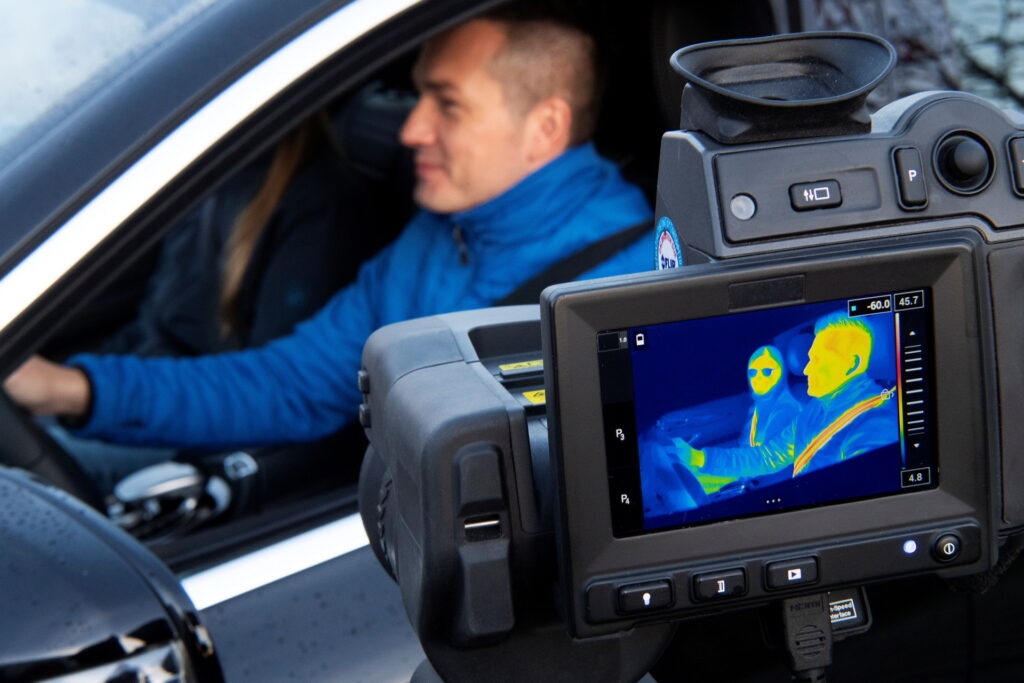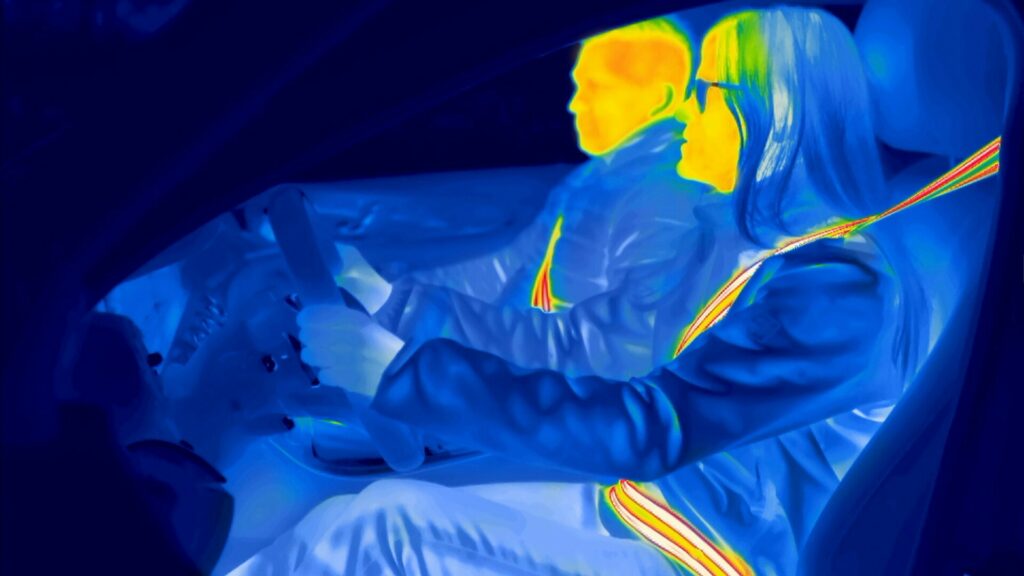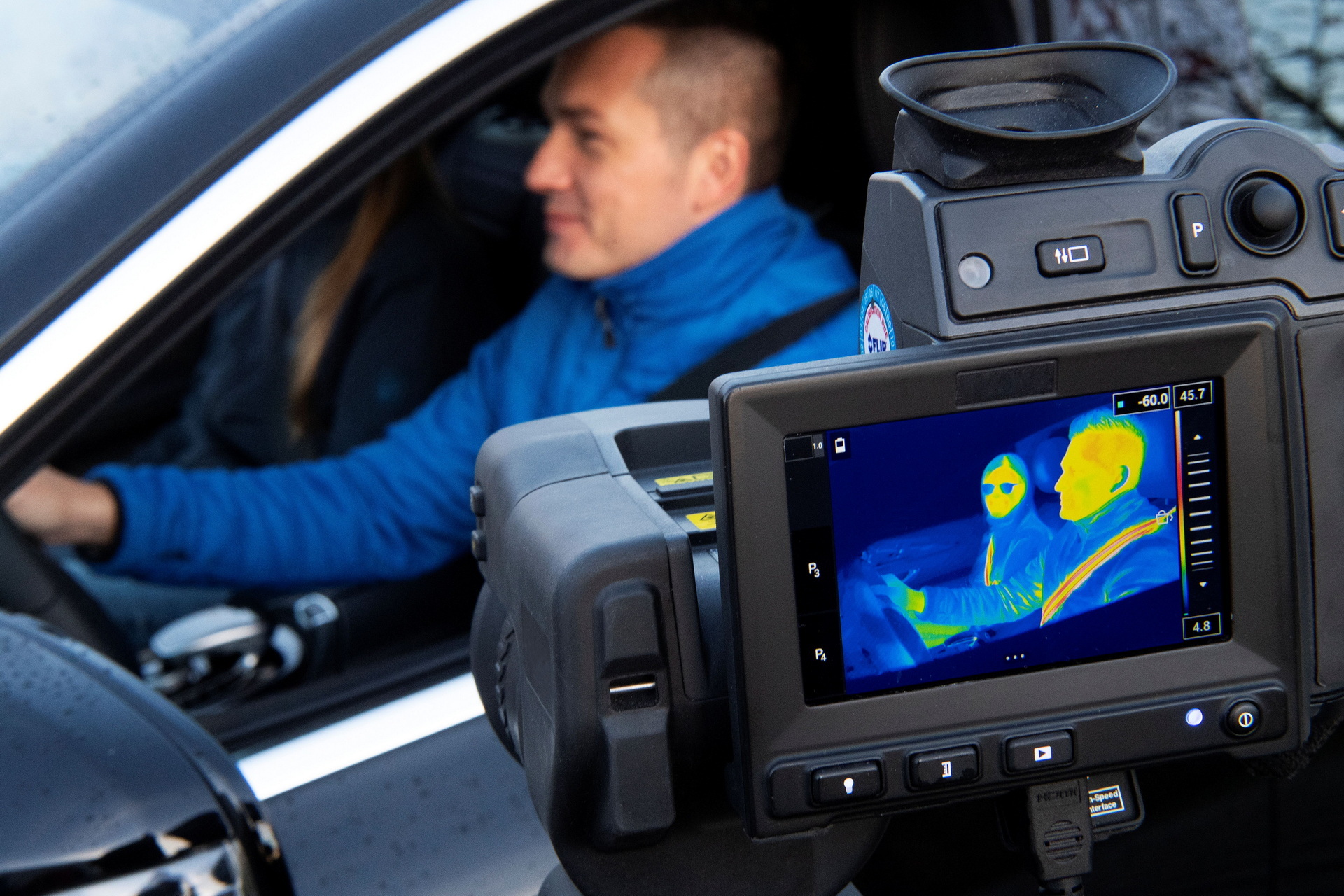Modern cars often come with heated seats and heated steering wheels, however, ZF took a step further by introducing a heated seatbelt. According to the company, this technology can improve the energy efficiency of EVs in cold weather, resulting in a longer range.
The ZF Heat Belt is designed “to provide uniform warmth close to the body” and is best used in combination with heated seats. It provides warmth immediately after the driver starts driving, emitting between 36-40 degrees Celsius (97-104 degrees Fahrenheit).
Read: VinFast To Introduce Level 2+ Semi-Autonomous Tech With ZF This Year

The system reduces the energy needed for heating compared to conventional climate control methods as it is focused on the body of the driver/passenger instead of the entire cabin space. The energy-saving benefits are more important in fully electric vehicles where the climate control is powered by the battery, unlike in ICE-powered vehicles that use waste heat from the engine.
Using less battery juice results in an increased driving range of up to 15% in cold weather conditions which is where EVs suffer the most. For a good measure, this means that a vehicle with a 200-mile (322 km) range in these conditions, will get an extra 30 miles (48 km) if the driver chooses the heated seatbelt instead of the regular heater.
The good news is that the ZF Heat Belt is not much thicker than a regular seatbelt thanks to a “special webbing” with “heating conductors woven into the seatbelt structure”. The operation is identical, as well as the occupant protection standards. Installation doesn’t require special retractors, making integration easier for vehicle manufacturers. ZF didn’t say if the technology is ready to enter production but given that automakers are trying to find ways of increasing efficiency we won’t be surprised if heated seatbelts become mainstream in a few years’ time.








